James Lind Alliance First Time Soft Tissue Knee Injury Priority Setting Partnership: Process Outline and Top 10 Priorities
by Humza Tariq Osmani
Trauma & Orthopaedic Registrar in the East of England Deanery
Published 16th February 2023
Crorsponding author e-mail: [email protected]
James Lind Alliance
The James Lind Alliance (JLA) is a non-profit making initiative bringing patients, carers and clinicians together in JLA Priority Setting Partnerships (PSPs). The JLA PSPs identify and prioritise unanswered questions or evidence uncertainties that they agree are the most important, so that health research funders are aware of the issues that matter most to the people who need to use the research in their everyday lives. PSPs work to identify which uncertainties really matter and where research would make the most difference. JLA PSPs have the potential to impact on the people who take part in them, the profile of the areas they set priorities in, and of course the research that is funded.
Process Outline
In association with the British Association for Surgery of the Knee (BASK), British Orthopaedic Sports Trauma and Arthroscopy Association (BOSTAA) and British Orthopaedic Association (BOA), a James Lind Alliance Priority Setting Partnership was set up on First Time Soft Tissue Knee Injuries due to the economic and clinical burden these injuries are having.
Aim
The aim of the First Time Soft Tissue Knee Injuries Priority Setting Partnership was to identify unanswered questions about First Time Soft Tissue Knee Injuries from patient, carer and healthcare professional perspectives and then prioritise those that patients, carers and healthcare professionals agree are the most important for research to address.
Objectives
- To work with patients, carers and clinicians to identify uncertainties about the prevention, diagnosis, management and delivery of services relating to first time soft tissue knee injuries.
- To agree by consensus, a prioritised list of those uncertainties for research.
- To publicise the results of the PSP and process.
- To take the results to research commissioning bodies to be considered for funding.
Steering Group
The Steering Group conducted the process through meeting on average every 6-8 weeks. These meetings were held based upon the overall meeting template provided by the James Lind Alliance to ensure the process ran smoothly, transparently and that timely key decisions were made.
The Steering Group were made up of volunteers from across the UK. It included healthcare professionals, patients and a charity representative. In total, there were 15 members.
At least one representative from the patient/carer/charity group and two representatives from the healthcare professionals group needed to be present. All meetings were chaired by a James Lind Advisor.
Inclusion criteria
As agreed by the Steering Group, the inclusion criteria for the study were:
- The prevention, diagnosis, management and delivery of services relating to first time soft tissue knee injuries.
- The injury was defined as ‘the first injury causing disability, which may lead to repeated injuries.’ Included were injuries related to sports or secondary to work and accidents.
- The study included patella (kneecap) dislocations, ligament injuries and cartilage injuries (meniscus/joint surface), whilst patients had to be 12 years and older, to account for the rise of injuries from this age group onwards and the bony changes that take place at this age, which manifest adult like injuries.
Exclusion criteria
As agreed by the Steering Group, the PSP excluded from its scope, questions about chronic injuries (i.e. not first injury); patients younger than 12 years old and fractures.
Project timeline
Planning started in Spring 2021. The Steering Group were formed towards the end of 2021 and the first meeting took place on the 31st of January 2022. The initial survey was launched in March and ran until the end of June. The complied list of questions were then subject to a scoping review which took place over seven weeks in August and September. The interim survey was then launched at the end of September until the middle of November. The final workshop was subsequently held on the 14th of January 2023.
Surveys
Two surveys were devised and distributed during the process.
1. Initial survey (Figure 1 & 2): An initial survey for patients, carers and healthcare professionals explained the topic, provided links for further information and provided space for questions and comments regarding any areas of uncertainty. Experiences of steering group members suggested a lower uptake of paper surveys compared to online surveys. To ensure inclusivity and access to the survey in different clinical settings, a paper survey was also devised for the initial survey in addition to the online survey. In total, over 200 individuals responded, providing over 1000 questions/statements. These were then categorised and refined into clear research questions. In total, 74 questions were created and checked against best available evidence.

Figure 1: Initial survey (paper version): the front (R) page and back (L) page.
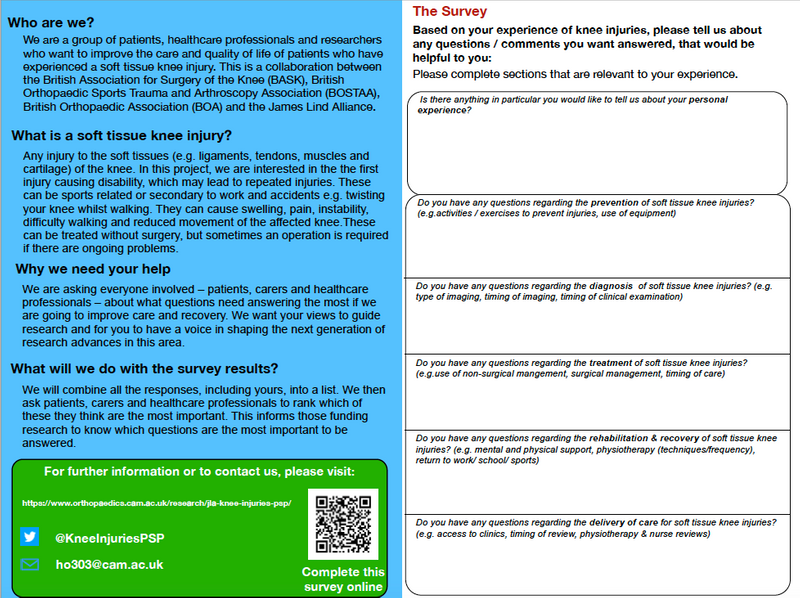
Figure 2: Initial survey (paper version): the second page (L) in the booklet provided background information and the option to complete the survey online, whilst the third page (R) provided space for respondents to write any evidence uncertainties.
2. Interim survey (Figure 3): Following the evidence check, an online interim survey was created. This listed the questions that were not fully answered in the literature. In total, there were 73 questions. Respondents were asked to list up to 10 questions they felt were most important. To reduce bias, the survey was designed to randomise the order of questions. In total, over 350 people responded with a nearly 50-50 split in terms of healthcare and patient responses.
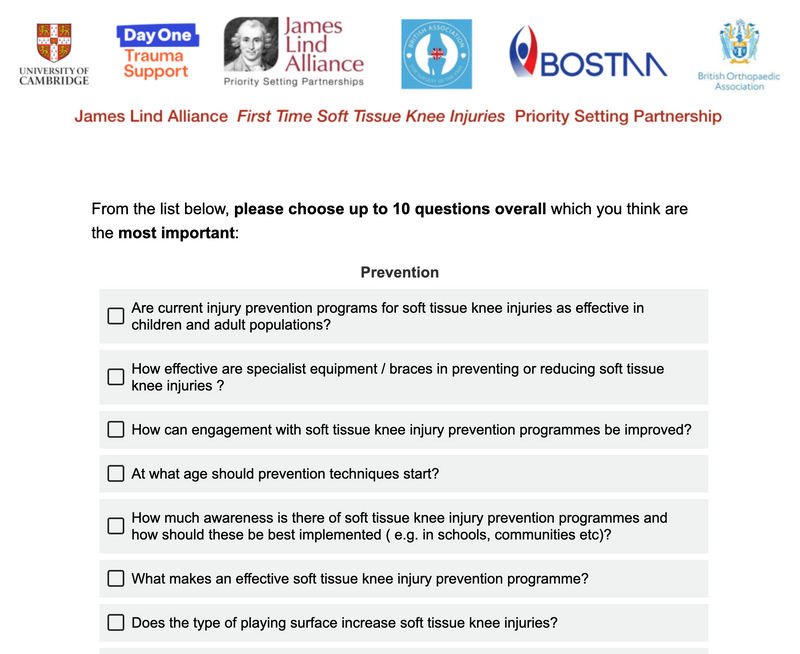
Figure 3: The interim survey (online): Respondents had to choose up to 10 questions they felt were most important. The questions were categorised (prevention, diagnosis, treatment, rehabilitation and delivery of care) to make the process easier.
Final workshop and top 10 priorities
The Final workshop took place on January 14th 2023. 24 participants attended from around the UK, and included healthcare professionals from different backgrounds (orthopaedics, radiology, ED physiotherapy, outpatient physiotherapy, rheumatology, sports and exercise medicine), patients and carers (Figure 4). There was representation from across the UK and included both adult and paediatric patients. There were also three JLA facilitators and two observers.
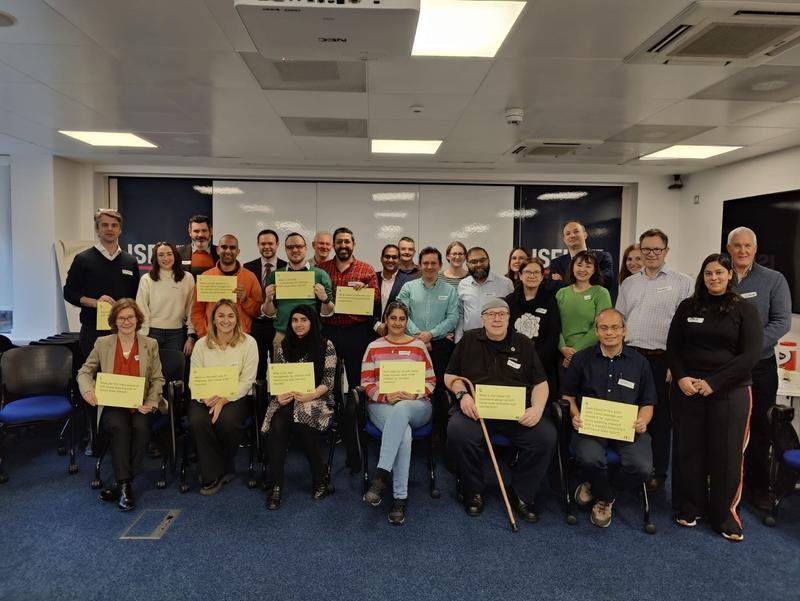
Figure 4: Final workshop participants.
The workshop involved participants being allocated into small groups throughout the day, to ensure each group consisted of patients and healthcare professionals. The participants were allocated to different groups throughout the day for the different rounds of prioritisation. Care was taken to ensure any patients treated by healthcare professionals who were present, were kept in separate groups. 27 questions were brought forward to the final workshop following the interim survey which was closed in November 2022. Following extensive discussions and debates, the three groups had to rank the questions from 1 to 27. Once all 27 were ranked in the final round of prioritisation, the JLA Advisors scored each question and the results determined the top 10.
|
The top 10 research priorities are as follows: 1. How urgently do soft tissue knee injuries need to be treated for the best outcome? 2. What are the implications of soft tissue knee injuries on future knee disease? 3. What makes an effective soft tissue knee injury prevention programme? 4. What is the impact of treatment delays on soft tissue knee outcomes and satisfaction ? 5. When should operative vs. non-operative management for common soft tissue knee injuries be performed? 6. What is the best management for children and adolescents with new ACL injuries? 7. What is the best way to diagnose soft tissue knee injuries? 8. Does blood in the knee joint cause damage and should it be aspirated (joint swelling reduced with a needle) following a soft tissue knee injury? 9. Should braces be given for soft tissue knee injuries? 10. What is the best rehabilitation for common soft tissue knee injuries? |
Next steps
Following the workshop, the top 10 were published on social media and sent to partner organisations. The JLA have also published a list of the final rankings, which includes all 27 questions.
The result of the PSP has also been communicated with the National Institute for Health and Care Research (NIHR). The results will be disseminated via national healthcare organisations and submitted as a scientific paper.
Finally, these questions and their derivates will be researched and thus the Steering Group will continue to support any organisations and individuals who are keen to pursue research in these areas.
Funding
Funding was vitally important to cover expenses associated with the project. We are grateful to the following organisations:

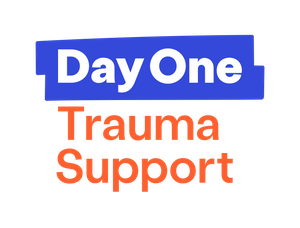
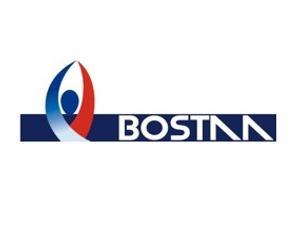
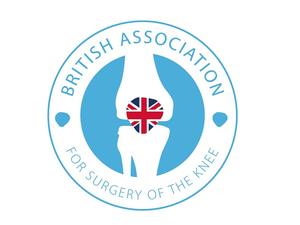
Thank you to all partner organisations and individuals who supported and contributed to the project.
For more information regarding the project, please visit: www.jla.nihr.ac.uk/priority-setting-partnerships/first-time-soft-tissue-knee-injuries/top-10-priorities.htm.
